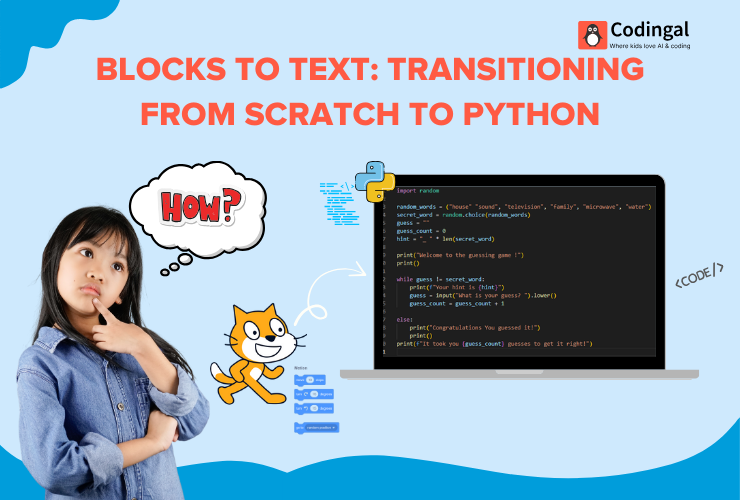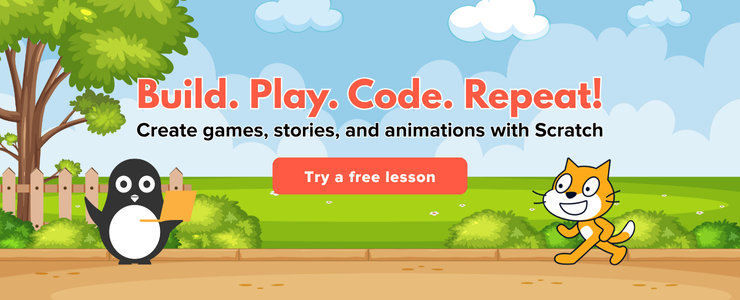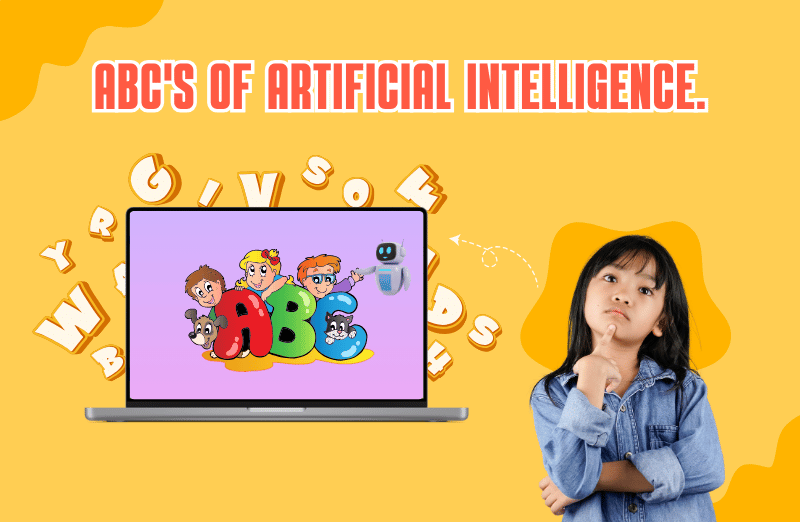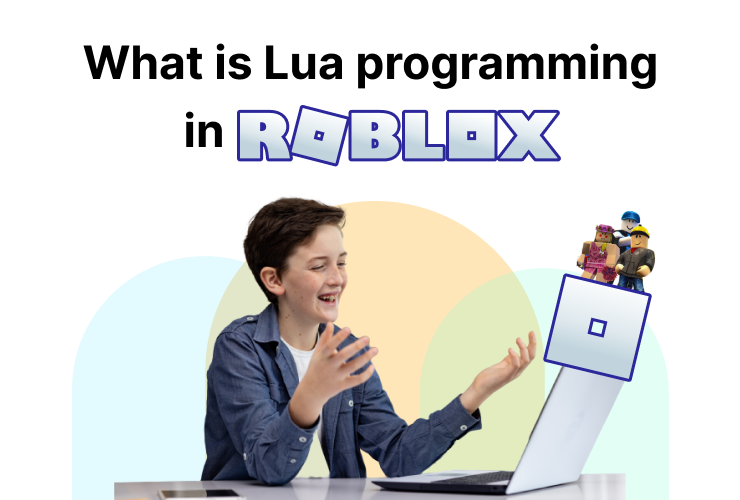Have you ever sat bored in a class wondering how to jump from your present class to the next because you want to learn something new?
Learning to code often begins with Scratch Programming, a language emphasized on block based coding, designed to introduce kids to the world of coding in a fun and colourful way. However, as students grow in their own programming abilities they then may want to move on to a more advanced level of language like Python.
Python now is a text-based programming language which is widely used in professional environments for various developments ranging from games to websites and more. It is also mainly known for being beginner friendly while offering more flexibility and power than Scratch.
By the end of this article, you will grasp the basic idea of how to transition from Scratch’s block-based coding to Python’s text-based environment along with providing tips, comparisons, and easy ways to make the leap.
Why Transition from Scratch to Python?
From what we know, Scratch is definitely a fantastic entry point for beginners especially for younger learners. However, there always comes a point when curiosity hits kids and then they tend to explore more advanced concepts that Scratch may not support, such as working with bulk data structures, libraries, or more intricate algorithms to create websites or games.

Building on what you learned from Scratch
Now that you are equipped with the knowledge of Scratch, let’s start with connecting Scratch and Python together to make the learning simple. Scratch concepts are different compared to python but give out the same output and structure of that of a Python’s text.
Here take a look at the short comparison of key coding concepts in both the platforms and how they translate from Scratch to Python:
- Variables:
- Scratch: You create a variable here by dragging the “make a variable” block.
- Python: You create a variable here by just simply writing its name and assigning a value to it.
# Python Example
score = 0
- Loops:
- Scratch: Use the block “repeat” or “forever” block to create loops.
- Python: You use the text “for” and “i” in the loops to repeat actions.
# Python Example
for i in range(10):
print(i) # This will print numbers from 0 to 9 First Python Projects for Scratch Users
Here are a few simple projects that make the transition from Scratch to Python smoother and simpler:
- Guessing Game:
The famous guessing game, where the computer asks you to guess between a number to get the right answer. It’s one of the easiest projects to exist on Python.
- Start with an easy guessing game where the player has to guess a number chosen by the computer.
- Use loops, variables, and conditionals, which are the already known concepts familiar from Scratch.
import random
number = random.randint(1, 10)
guess = int(input("Guess a number between 1 and 10: "))
while guess != number:
if guess < number:
print("Too low!")
else:
print("Too high!")
guess = int(input("Try again: "))
print("You guessed it!")- Basic Animation with the Python Turtle:
- Haven’t you used Python’s Turtle graphics library to draw shapes or simple animations? Well, It is exactly similar to making sprites move in Scratch!
- Simple Calculator:
Now, you create a basic calculator where students can input two numbers then choose an operation (where you add, subtract, multiply, divide), and finally get a result. This project reinforces the features of variables and functions on Scratch.
def add(x, y):
return x + y
def subtract(x, y):
return x - y
def multiply(x, y):
return x * y
def divide(x, y):
return x / y
choice = input("Choose operation (+, -, *, /): ")
num1 = float(input("Enter first number: "))
num2 = float(input("Enter second number: "))
if choice == '+':
print(add(num1, num2))
elif choice == '-':
print(subtract(num1, num2))
elif choice == '*':
print(multiply(num1, num2))
elif choice == '/':
print(divide(num1, num2))People Also Read:
Top 10 Python Projects for Beginners
Python IDE for Kids: The Best Tools to Start Coding with Confidence
Conclusion
Of course getting into a new path of your techie journey will be quite a new step. Shifting into the world of Python from Scratch is a huge step into the broader world of coding, but isn’t it a rewarding step? Python is a powerful language that welcomes the students into the vast world of coding. It also opens up to an array of new possibilities ranging from creating apps, games to web development.
Excited to learn more about coding? Jump right on to coding courses for kids, where kids and teens learn to adapt to the digital world of coding through simple and fun learning experiences!
Encourage learning everywhere you go and have fun with your coding journey!














